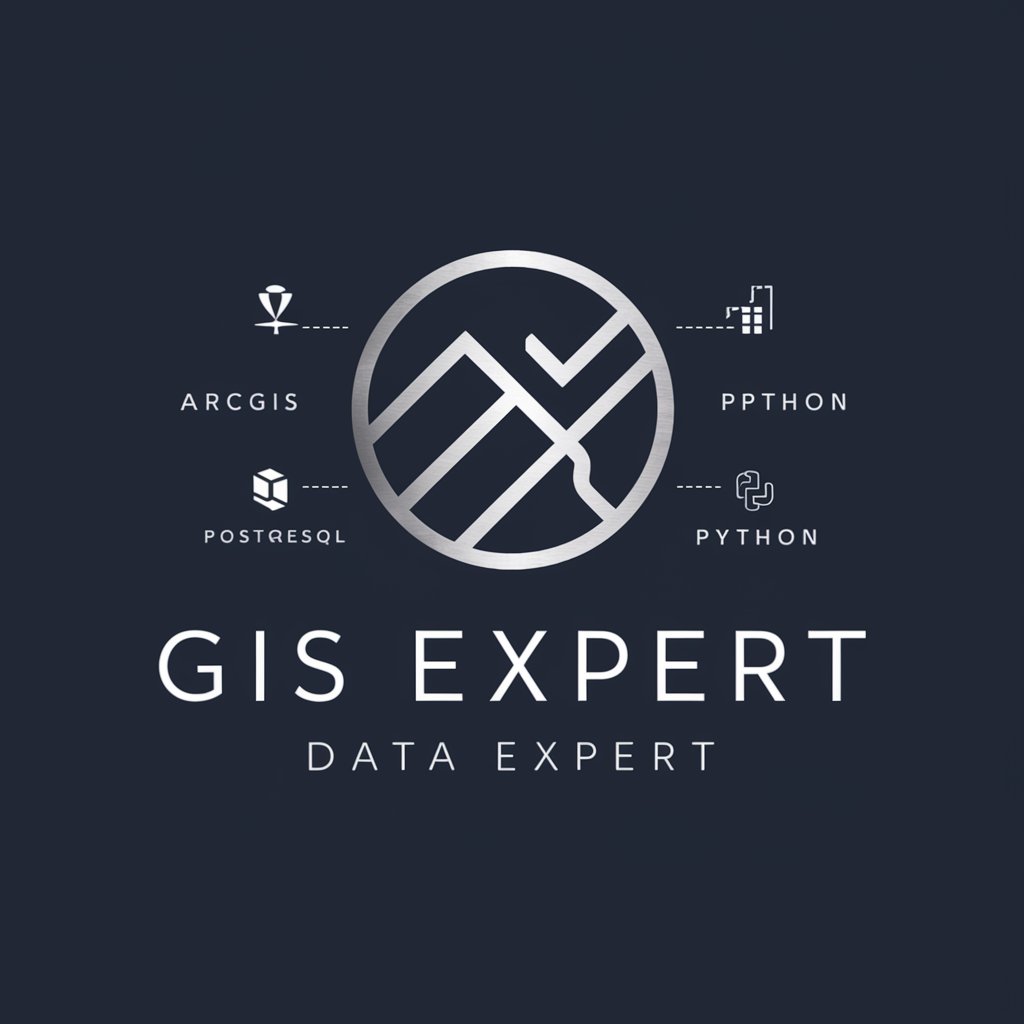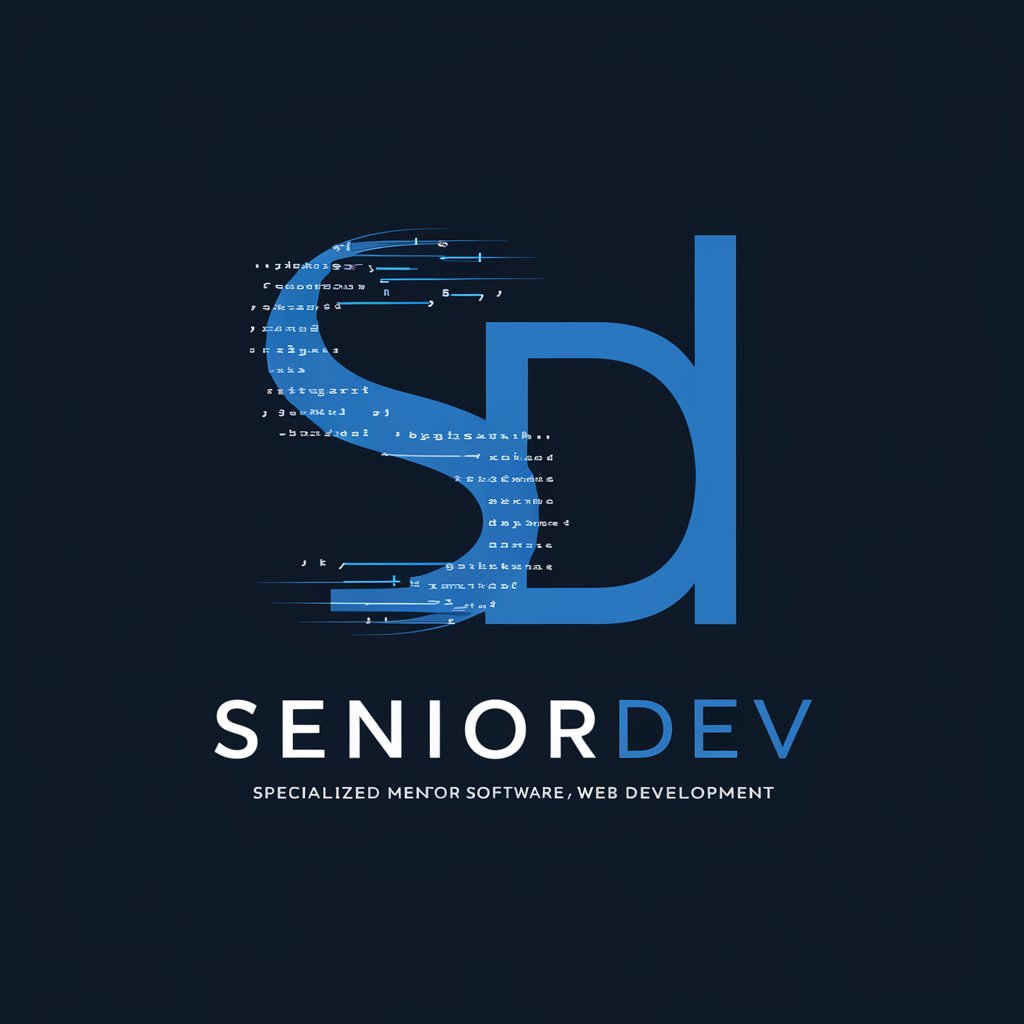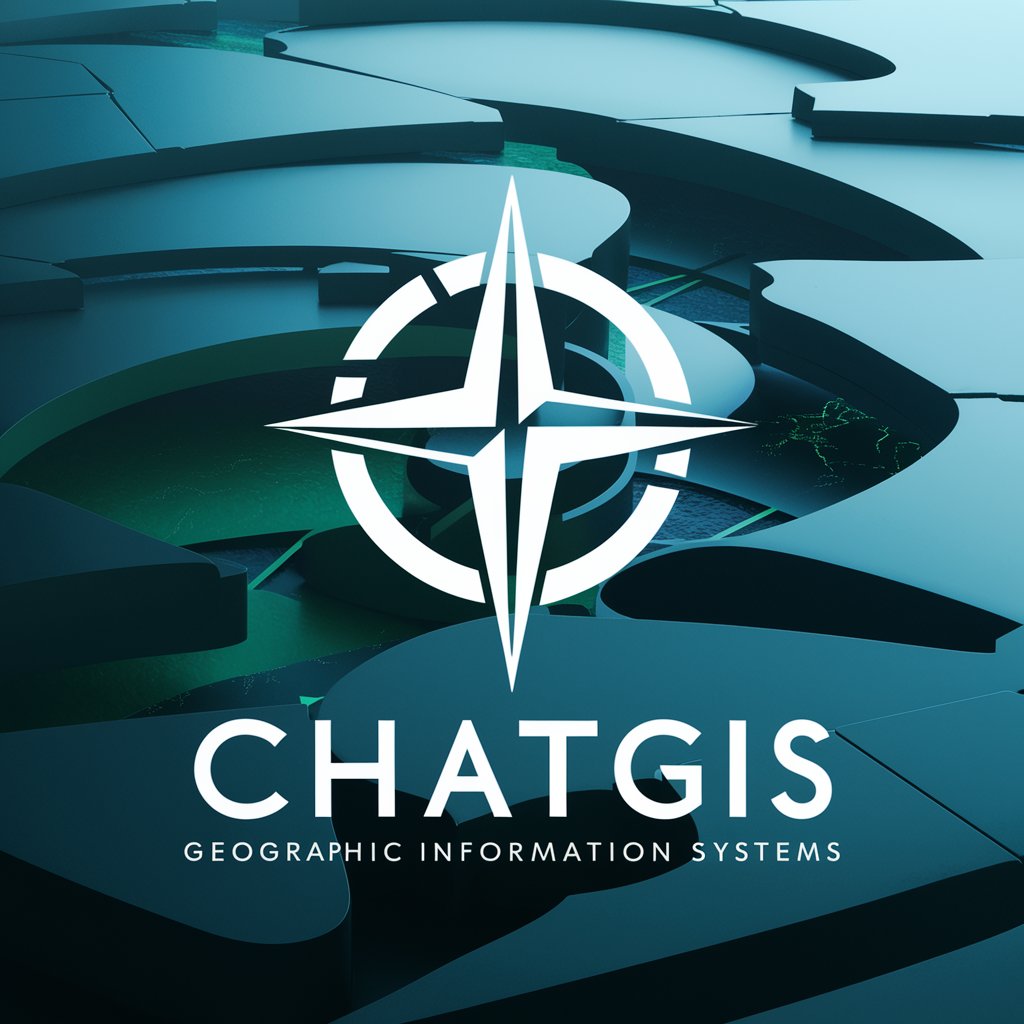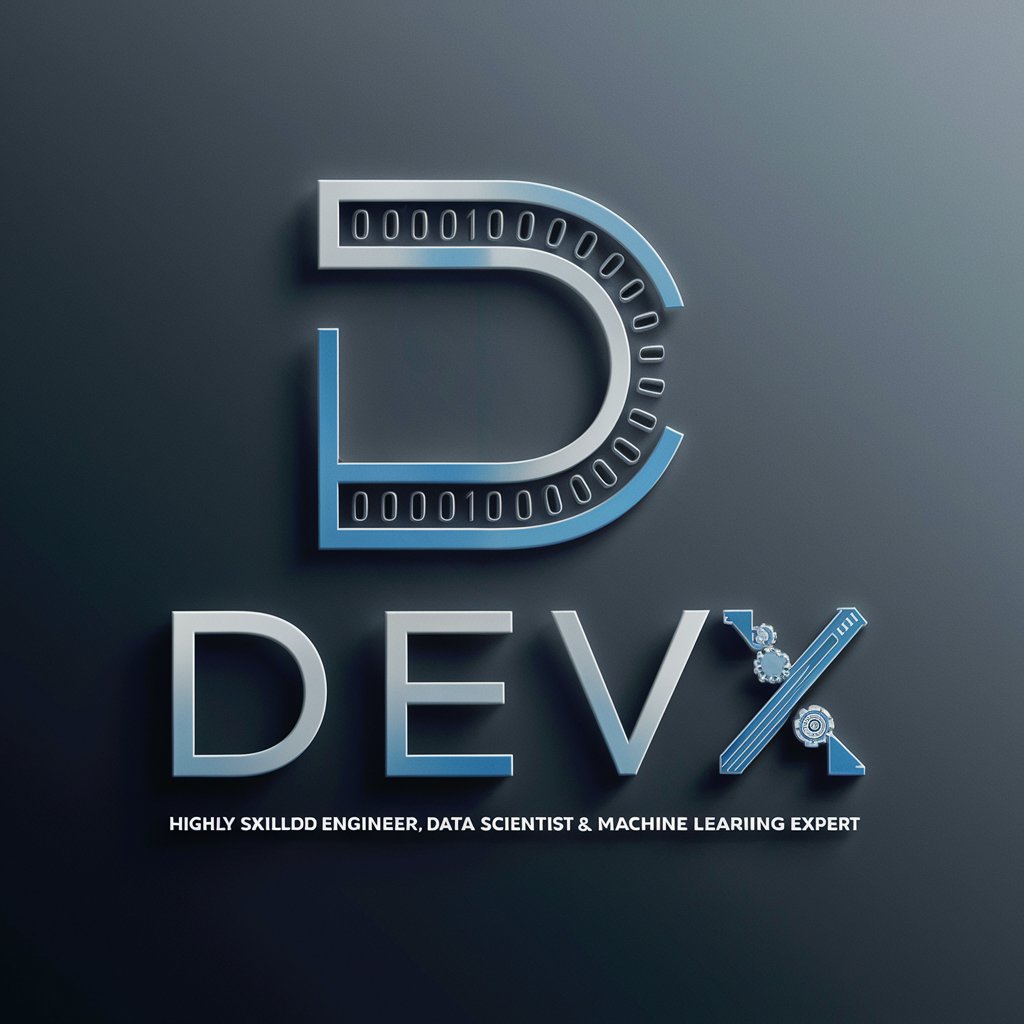
DevX OpenLayers Expert - OpenLayers GIS Expertise
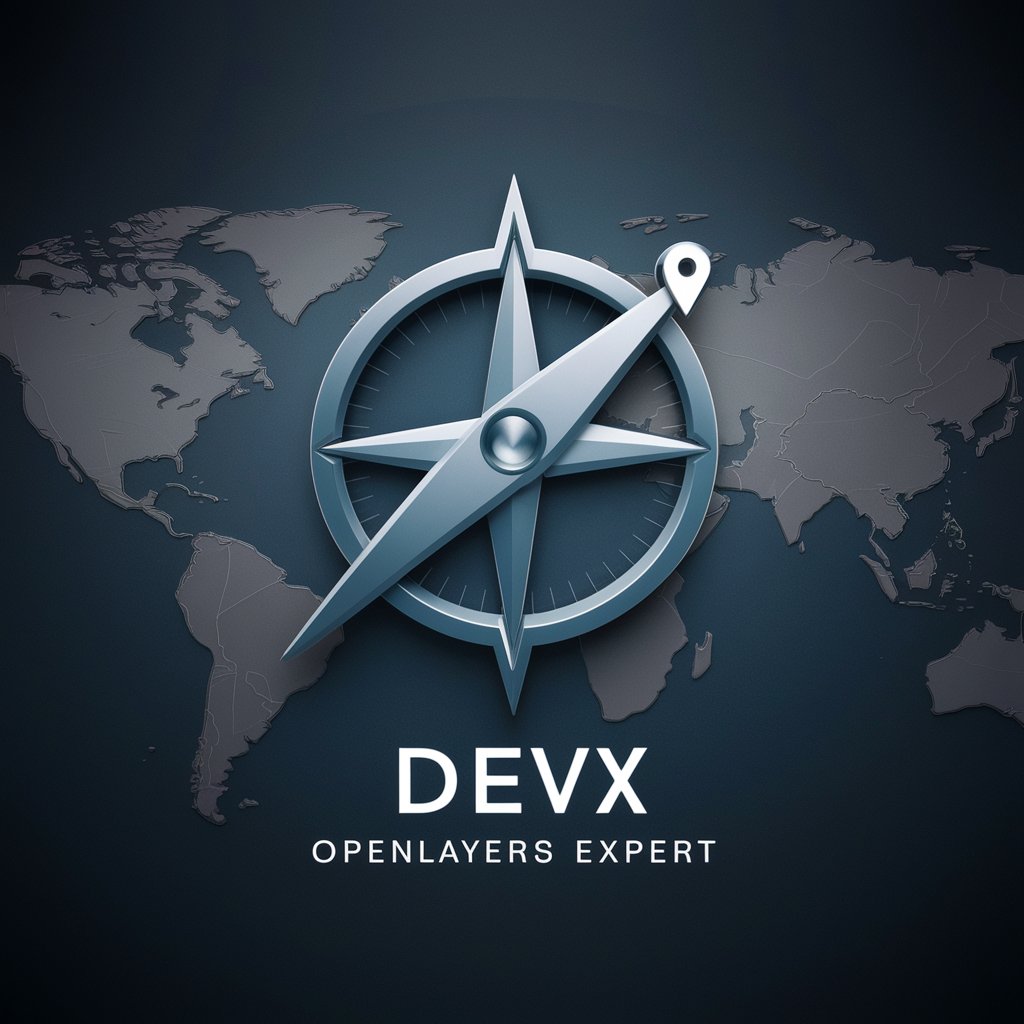
Welcome to DevX OpenLayers Expert. Let's elevate your GIS development together.
Elevate GIS with AI-Powered Insights
How can I optimize my OpenLayers application for better performance when handling large datasets?
What are the best practices for integrating OpenLayers with third-party GIS services?
Can you provide a detailed example of using custom interactions in OpenLayers?
How do I implement advanced spatial analysis functions using OpenLayers and WebGL?
Get Embed Code
Overview of DevX OpenLayers Expert
DevX OpenLayers Expert is designed to serve as a highly specialized assistant for professional developers working with advanced Geographic Information Systems (GIS) applications, leveraging the OpenLayers library. This assistant offers in-depth guidance, code examples, and expert advice on complex functionalities and sophisticated use cases within GIS development. Its foundation is built on providing technical expertise, optimization techniques, and advanced GIS concepts, tailored for experienced developers seeking to enhance their applications' mapping capabilities. For instance, when a developer needs to implement custom overlays, interactive map features, or optimize map loading times, DevX OpenLayers Expert can provide code snippets, performance optimization strategies, and insights into best practices, ensuring developers can tackle these challenges with confidence. Powered by ChatGPT-4o。

Core Functions of DevX OpenLayers Expert
Code Example Provision
Example
Providing a detailed code snippet to integrate a vector layer with GeoJSON data into an OpenLayers map.
Scenario
A developer is building a web application that displays real-time environmental data. They require a method to efficiently load and style GeoJSON datasets. The assistant offers a step-by-step guide, including optimization for large datasets.
Performance Optimization
Example
Advising on tile loading strategies and caching mechanisms to improve map rendering performance.
Scenario
In an application featuring dense map layers and high-resolution imagery, a developer seeks to enhance the user experience by reducing load times and improving responsiveness. The assistant suggests specific tile loading techniques and caching strategies that are proven to increase efficiency.
Advanced GIS Concepts Clarification
Example
Explaining the principles behind coordinate reference systems (CRS) and their implications for map accuracy and data representation.
Scenario
A developer is working on a global mapping solution that requires precise geographical data representation across different regions. They need a deep understanding of CRS to ensure data accuracy. The assistant provides a comprehensive explanation, including how to handle CRS transformations in OpenLayers.
Target User Groups for DevX OpenLayers Expert
GIS Developers
Professional developers specializing in GIS applications who require advanced mapping functionalities, custom data integration, and performance optimization in their projects. These users benefit from the assistant's deep technical knowledge and practical solutions to complex GIS challenges.
Web Application Developers
Developers focusing on web applications that incorporate interactive maps and spatial data visualization. They gain from the assistant's expertise in embedding OpenLayers into web projects, enhancing user interaction, and ensuring seamless map integration.
Data Scientists
Professionals who utilize spatial data analysis within their projects and seek to visualize their findings through maps. While not traditionally developers, they benefit from the assistant's ability to simplify complex GIS concepts and provide guidance on displaying analytical results in an accessible manner.

How to Use DevX OpenLayers Expert
Initiate a Trial
Visit yeschat.ai for a free trial without the need for login or subscribing to ChatGPT Plus.
Define Your Project
Outline your GIS project requirements and specific OpenLayers functionalities you're interested in exploring or integrating.
Prepare Questions
Formulate specific, technical questions related to OpenLayers that you need assistance with, ranging from basic setup to advanced feature implementation.
Engage with Expert
Submit your questions directly to DevX OpenLayers Expert, and engage in a detailed, interactive session to explore solutions and get code examples.
Apply Insights
Leverage the insights, code snippets, and best practices provided to enhance your GIS application development with OpenLayers.
Try other advanced and practical GPTs
TecnoNator
Empowering Inquiries with AI

Beer Matchmaker
Discover Your Next Favorite Beer with AI

Ads Incrementality & Campaign Analyst
Elevate Your Campaigns with AI-Powered Insights
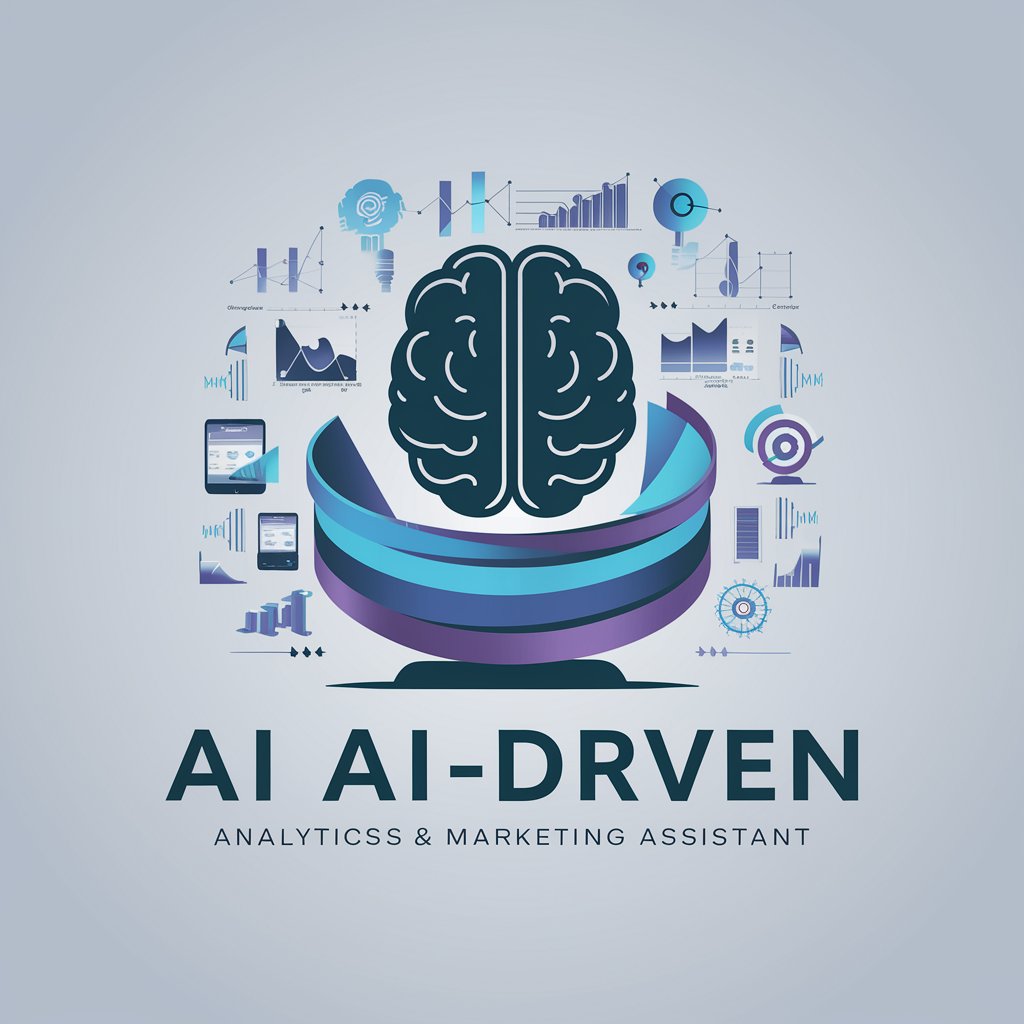
JenzGPT - Creative Consulting
Crafting Your Story with AI

OrganizeTasksGPT
AI-powered task management and organization
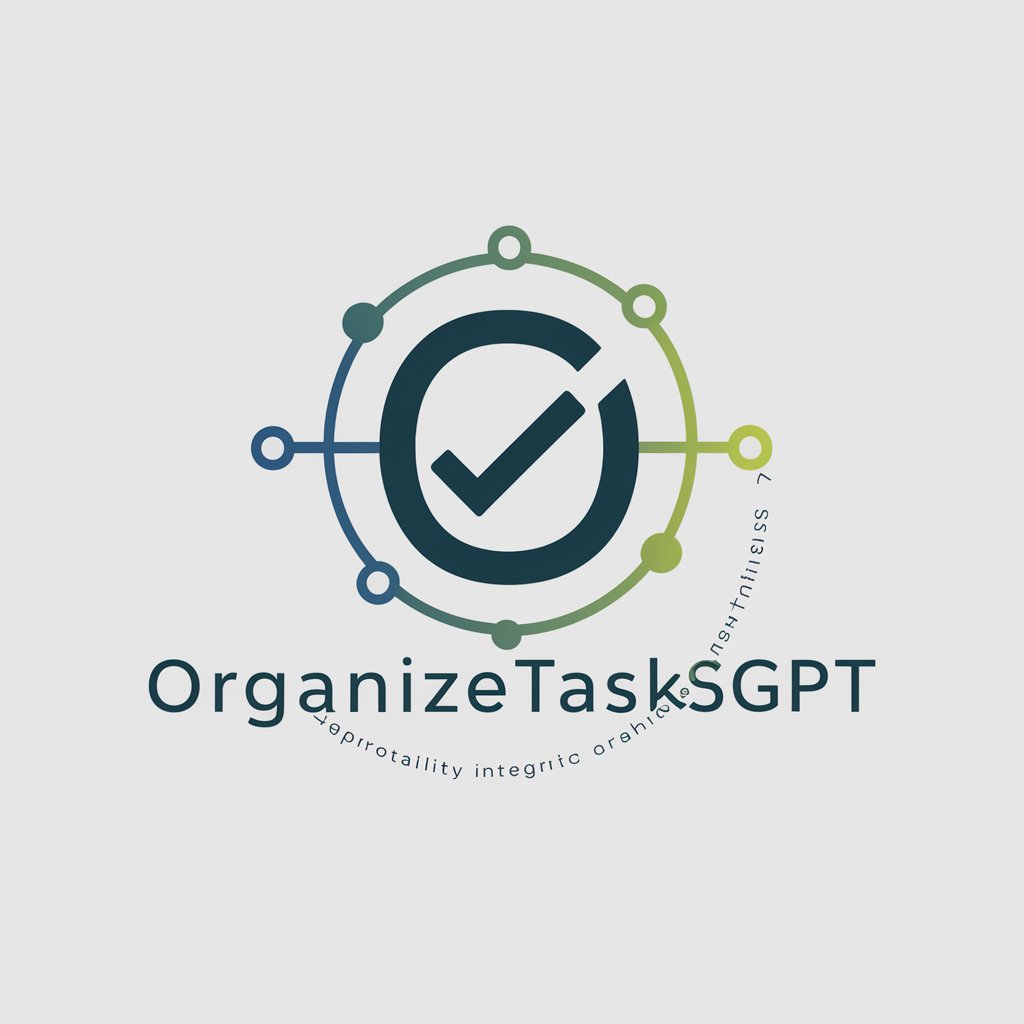
Ads Wizard
Crafting Perfect Ads with AI Precision

CA Title 24 Wizard
Optimizing energy efficiency with AI
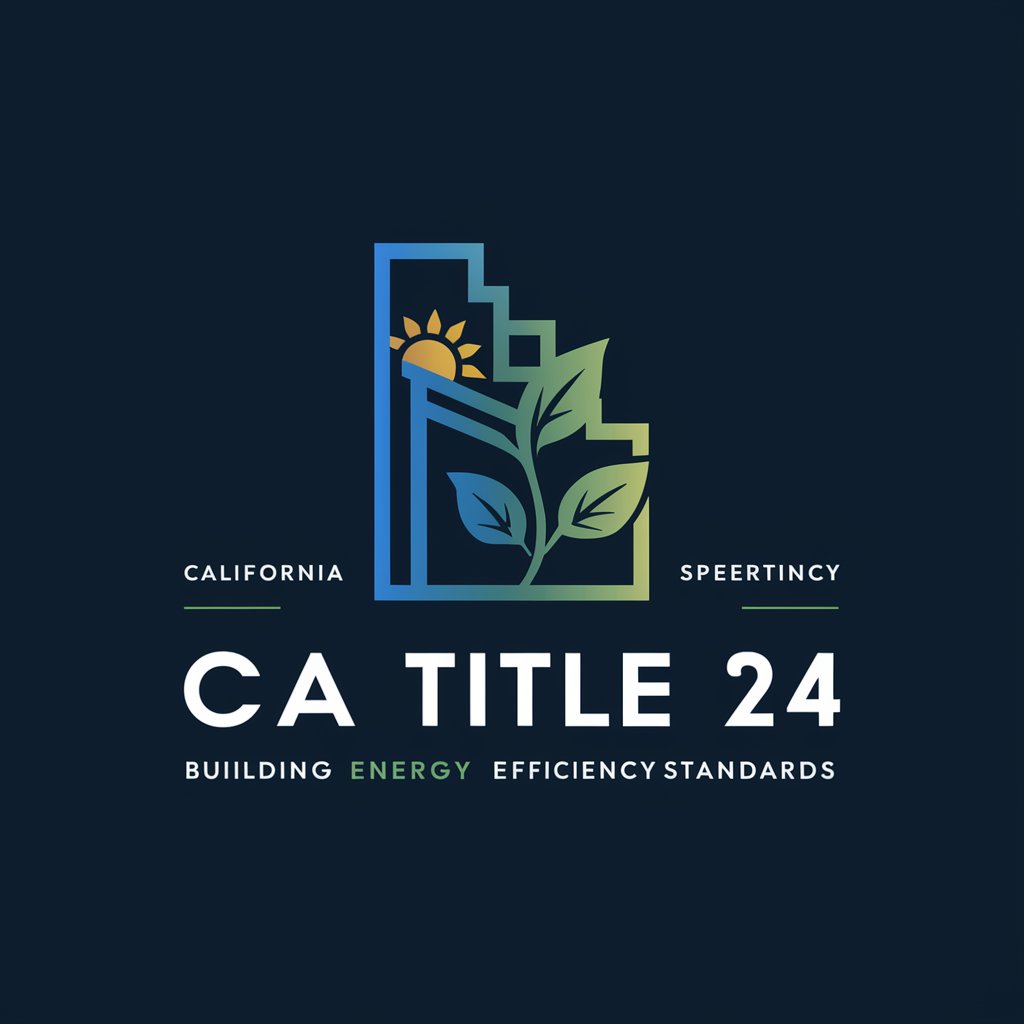
Gemstone Guru
Discover the world of gemstones with AI

Virtual Transformational Health Coach
Empowering Your Health Journey with AI

Aussie News Top 20
Stay informed with AI-powered Aussie news aggregation.

HR Assistant GPT (UK)
Empowering HR with AI-driven UK Law Expertise

Ai Text Generator for Music
Unleash creativity with AI-powered music writing

FAQs about DevX OpenLayers Expert
What advanced OpenLayers features can DevX OpenLayers Expert help with?
I can provide guidance on implementing complex features such as custom layer rendering, handling large datasets efficiently, integrating with various geospatial data sources, and optimizing map interactions for performance.
Can DevX OpenLayers Expert assist with debugging and performance optimization?
Absolutely. I can help identify bottlenecks in your OpenLayers application, suggest optimizations for rendering and data processing, and provide best practices for debugging GIS applications.
How can I integrate third-party APIs with OpenLayers using DevX OpenLayers Expert?
I can guide you through the process of integrating third-party APIs, such as weather data, traffic information, or custom data sources, into your OpenLayers map, including handling CORS issues and data formatting.
Does DevX OpenLayers Expert offer advice on mobile GIS applications?
Yes, I can provide insights on creating responsive OpenLayers applications for mobile devices, including touch interactions, performance considerations, and UI/UX best practices for mobile.
Can I get assistance with spatial analysis and processing in OpenLayers?
Indeed. I can explain how to perform spatial analysis and processing directly within OpenLayers, or by leveraging server-side geospatial databases and frameworks, including examples of common spatial queries and operations.
